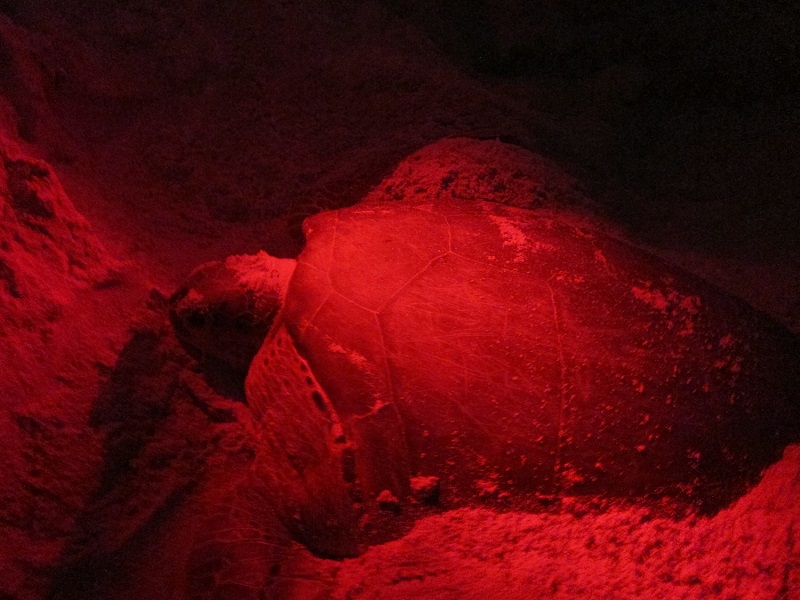About me
Hi Beautiful People ! Loïc here, addicted to travel and experiencing anything our incredible world has to offer ...
The Turtle Salvation Program is a non-profit organization commissioned by the Mexican Government, managing the protection of nesting sites, and sea turtles. We therefore looked for some information on the Internet and asked the Tourist Office on the island. At night, we went directly to their premises, to meet the squad. Only them are allowed to walk the beaches in search of nesting female turtles, turtle nests, and recent hatchlings.
The team of volunteers was full that night, but as it was the last of our 2 night on the Island, we have been convincing and join the group. Equipped with shovels and buckets, we went to the back of the pickup truck. During the next 6 hours, we will go up and down the Eastern shore of the island, in search of any turtle activity. The Association is intended to note the different nesting, via GPS. Marking them for monitoring and identify which turtle is active. But also, relocation of eggs, when a nest is too close to the seafront, unearthed and dig a new “nest” in order to place each egg safe from tides.

- Use only parking lights between Mescalito’s and Paradise Café
- Drive slowly because volunteers are walking on the roadways in low light conditions
- Be quiet because loud noises scare turtles back into the sea without laying eggs
- Never illuminate the beach or ocean in nesting areas
- Observe turtles from the roadside only
- Do not walk on beaches at night during the nesting season
”
Nesting Area
Well, actually yes, they “cry”, but this has nothing to do with the laying period. Sea turtles like other reptiles, have less efficient kidneys and cannot produce urine with a higher salt concentration than the water they drink. It is the only time we see them out of the water but they “cry” in the sea as well. Sea turtles have a gland in each eye that pumps salt ions into their tears.
They excrete salt absorbed in seawater from their eyes to avoid poisoning themselves, and maintain the correct balance of salt in their bodies, which is why they seem to cry.
We recommend to go directly to the following address :
Direccion Municipale de Ecologia y Medio Ambiente – Calle 11 at Av. 65
Tel : 987 872 5795





We had a similar experience with Leatherbacks turtle in Playa Grande (Costa Rica). An incredible memory.